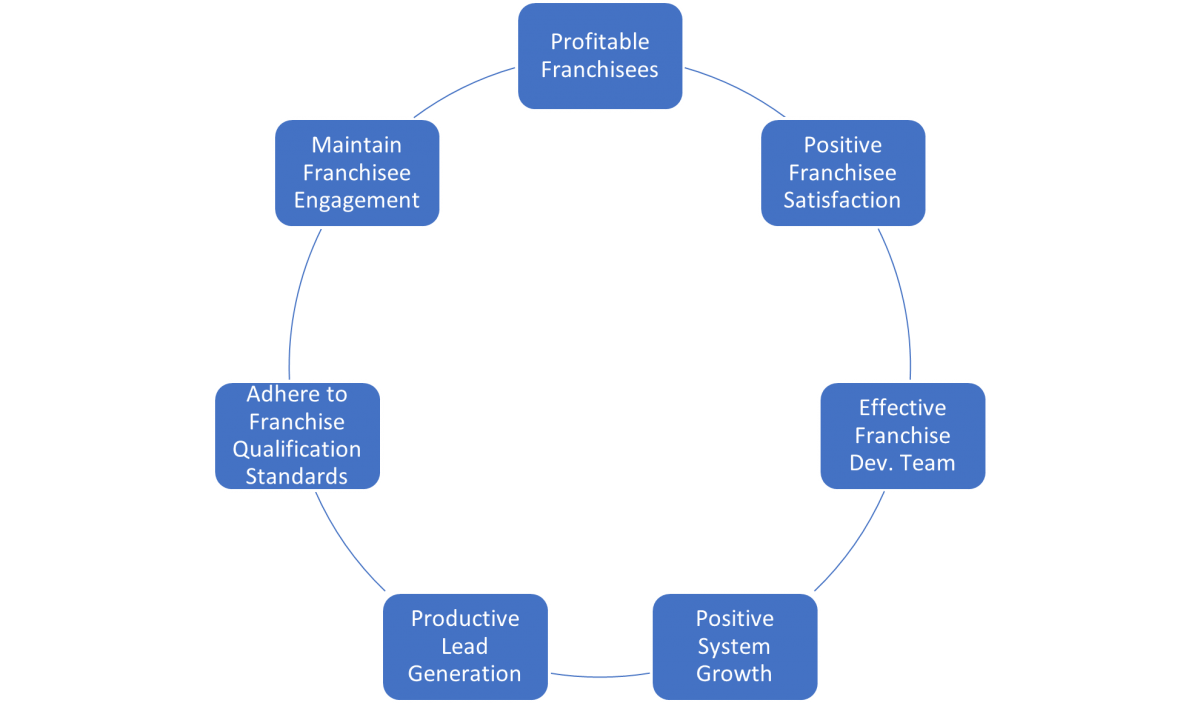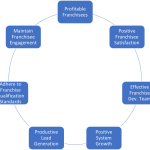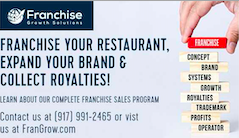The success of a franchise business hinges on the commitment of franchisees to follow the franchisor’s system and rules. Deviations from the established guidelines can have far-reaching consequences, affecting brand reputation, growth potential, and legal standing. By identifying the root causes of non-compliance and adopting best practices to address this issue, franchisors can foster a culture of adherence, leading to a thriving and harmonious franchise network.
WHY FRANCHISEES SOMETIMES DON’T FOLLOW THE FRANCHISOR’S SYSTEM
By Gary Occhiogrosso – Managing Partner, Franchise Growth Solutions
Introduction
Recently I was asked to speak to a group of franchisees at one of our client’s annual conferences. My topic was aimed at emphasizing the importance of following the franchisor’s system. It is clear from speaking with hundreds of franchisees of the years that the success rate of franchisees that follow the system is higher than those that don’t…The question that always runs through my mind is ” Why would a franchisee, pay a fee, go through training, invest in opening the business and then abandon the system and attempt to reinvent the wheel?” Hopefully I am able to answer that question in today’s article.
In the business world, franchising has emerged as a popular model that allows entrepreneurs to operate their businesses under an established brand name and proven system. This symbiotic relationship between franchisors and franchisees can benefit both parties significantly. However, for a franchise to thrive, it is crucial that franchisees faithfully follow the franchisor’s system and rules. In this article, we delve into the consequences of franchisees deviating from prescribed guidelines and explore the best practices to address this issue effectively.
Understanding the Impact of Non-Adherence
When franchisees fail to adhere to the franchisor’s system and rules, it can have a range of adverse effects. Firstly, it jeopardizes brand consistency. Franchise businesses rely on the uniformity of their products, services, and overall customer experience to build consumer trust and loyalty. Deviations from the established system can confuse customers and erode the brand’s identity.
Secondly, non-compliance can impede growth and expansion. Franchisors often expand their reach through multiple franchise locations, but replicating success becomes challenging if the system is not followed meticulously. Inconsistent operations across different franchise units can lead to a loss of investor confidence and hinder the brand’s ability to attract new franchisees.
Moreover, non-adherence to the franchise system can lead to legal ramifications. Franchisors usually outline specific contractual obligations, and when franchisees deviate from these terms, it can result in a breach of contract lawsuits, tarnishing the brand’s reputation.
Root Causes of Non-Compliance
To effectively address the issue of franchisees not following the franchisor’s system, it is essential to identify the root causes behind this behavior. Several factors may contribute to non-compliance:
* Lack of Training: Inadequate training or failure to comprehend the importance of following the system can result in unintentional non-compliance.
* Autonomy Desire: Some franchisees may desire greater independence and seek to implement their ideas, which may not align with the franchisor’s system.
* Financial Strain: Economic challenges can lead franchisees to cut corners or modify operations to reduce costs, often at the expense of adherence to the franchise system.
* Misinterpretation: Misunderstanding the franchise guidelines or misinterpreting the franchisor’s expectations can lead to non-compliance.
* Lack of Monitoring: Insufficient oversight by the franchisor can enable franchisees to deviate from the system without detection.
Best Practices to Address Non-Compliance
Comprehensive Training: Ensure that all franchisees undergo rigorous training emphasizing the significance of adhering to the franchise system and rules. This training should encompass operational aspects and the broader brand vision.
Clear Communication: Establish an open and transparent line of communication between franchisors and franchisees. Clear guidelines and expectations must be communicated from the outset and reinforced periodically.
Incentivization: Introduce incentive programs that reward franchisees for consistent adherence to the franchise system. Positive reinforcement can foster a more substantial commitment to compliance.
Regular Audits and Inspections: Conduct regular audits and inspections to monitor franchisee performance. These assessments can identify non-compliance issues early and provide opportunities for corrective action.
Peer Support and Networking: Facilitate forums or events where franchisees can share experiences and best practices. Learning from successful franchisees can inspire others to follow the system more diligently.
Compliance Assistance: Offer ongoing support and assistance to franchisees facing challenges in complying with the system. This can include additional training, mentoring, or access to expert resources.
Franchisee Feedback Mechanism: Establish a feedback mechanism that allows franchisees to express their concerns and suggestions. Understanding their perspective can help in refining the system for better adoption.
Consequences for Non-Compliance: Clearly outline the consequences of non-compliance in the franchise agreement. These consequences can act as a deterrent for potential rule violations.
Continuous Improvement: Continuously evaluate the effectiveness of the franchise system and rules. Embrace necessary changes based on industry trends and customer demands to keep the system relevant and appealing to franchisees.
Legal Support: Seek legal counsel to ensure that franchise agreements are robust and protect the interests of both parties. Legal clarity can deter non-compliance and facilitate smoother dispute resolution if required.
The success of a franchise business hinges on the commitment of franchisees to follow the franchisor’s system and rules. Deviations from the established guidelines can have far-reaching consequences, affecting brand reputation, growth potential, and legal standing. By identifying the root causes of non-compliance and adopting best practices to address this issue, franchisors can foster a culture of adherence, leading to a thriving and harmonious franchise network.















